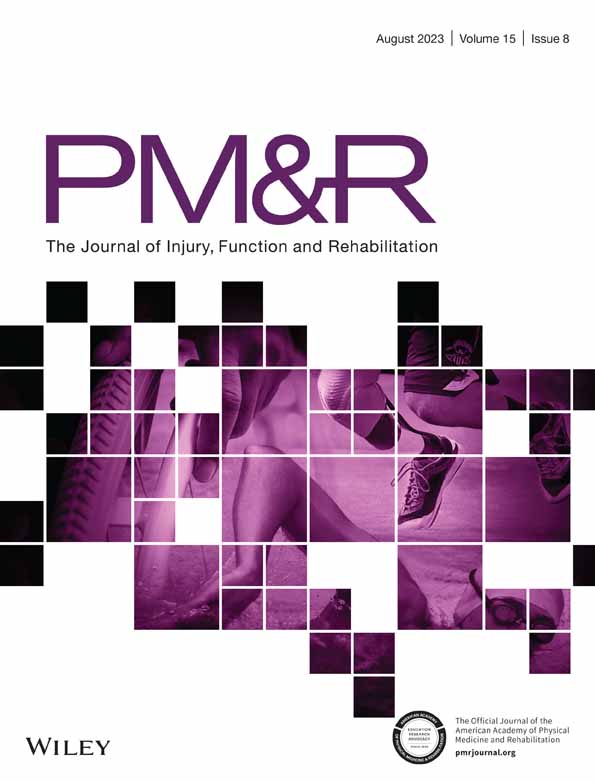Sport participation among children with complicated mild traumatic brain injury
Abstract
Background
Complicated mild traumatic brain injury (C-mTBI) represents mTBI with positive trauma-related radiographic findings, such as hematoma. It is estimated that 7.5% of all pediatric mTBIs meet these criteria. There is a paucity of research on return to sports in children with C-mTBI.
Objective
To examine children with C-mTBI, mTBI with skull fracture (mTBI-SF) only and mTBI in relation to sport participation and factors associated with repeated injury.
Design
Cross-sectional survey.
Setting
Level I pediatric trauma center.
Participants
Parents of children who were 5–18 years of age at the time of injury who sustained C-mTBI or mTBI from 2010 to 2013.
Interventions
Not applicable.
Main Outcome Measures
Sports participation characteristics before and after injury in children with C-mTBI and mTBI as a function of degree and length of recovery. Repeat mTBI after the index injury was also examined.
Results
Of 247 children who participated in sports preinjury (27.5% with C-mTBI and 9.7% with mTBI-SF), 95.1% returned to sports. There was no significant difference by mTBI type regarding participation in any sports (p = .811) nor with high-risk sports (p = .128). C-mTBI but not mTBI-SF (versus mTBI) was associated with lower odds of sustaining a repeat mTBI (odds ratio = 0.30, p = .045). Waiting longer (>3 months compared to <1 month) to return to contact sports was associated with lower odds of sustaining a repeat mTBI (odds ratio = 0.23, p < .05).
Conclusions
Children with C-mTBI and mTBI-SF resume similar sports as children with mTBI. Those with C-mTBI and those who take longer to return to play may have lower risk of repeat mTBIs. Prospective research is needed to inform the development of evidence-based guidelines for children with C-mTBI and mTBI-SF.




